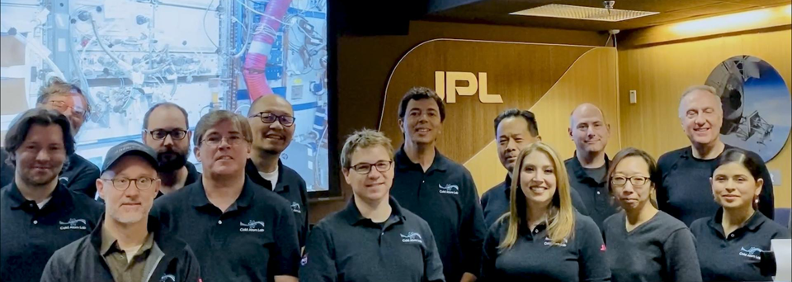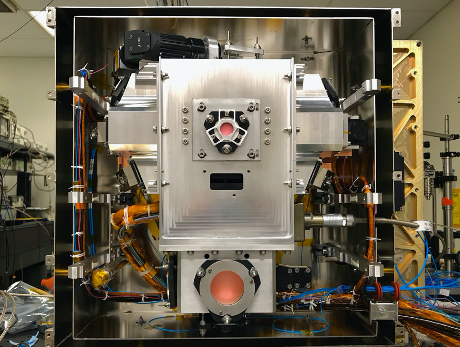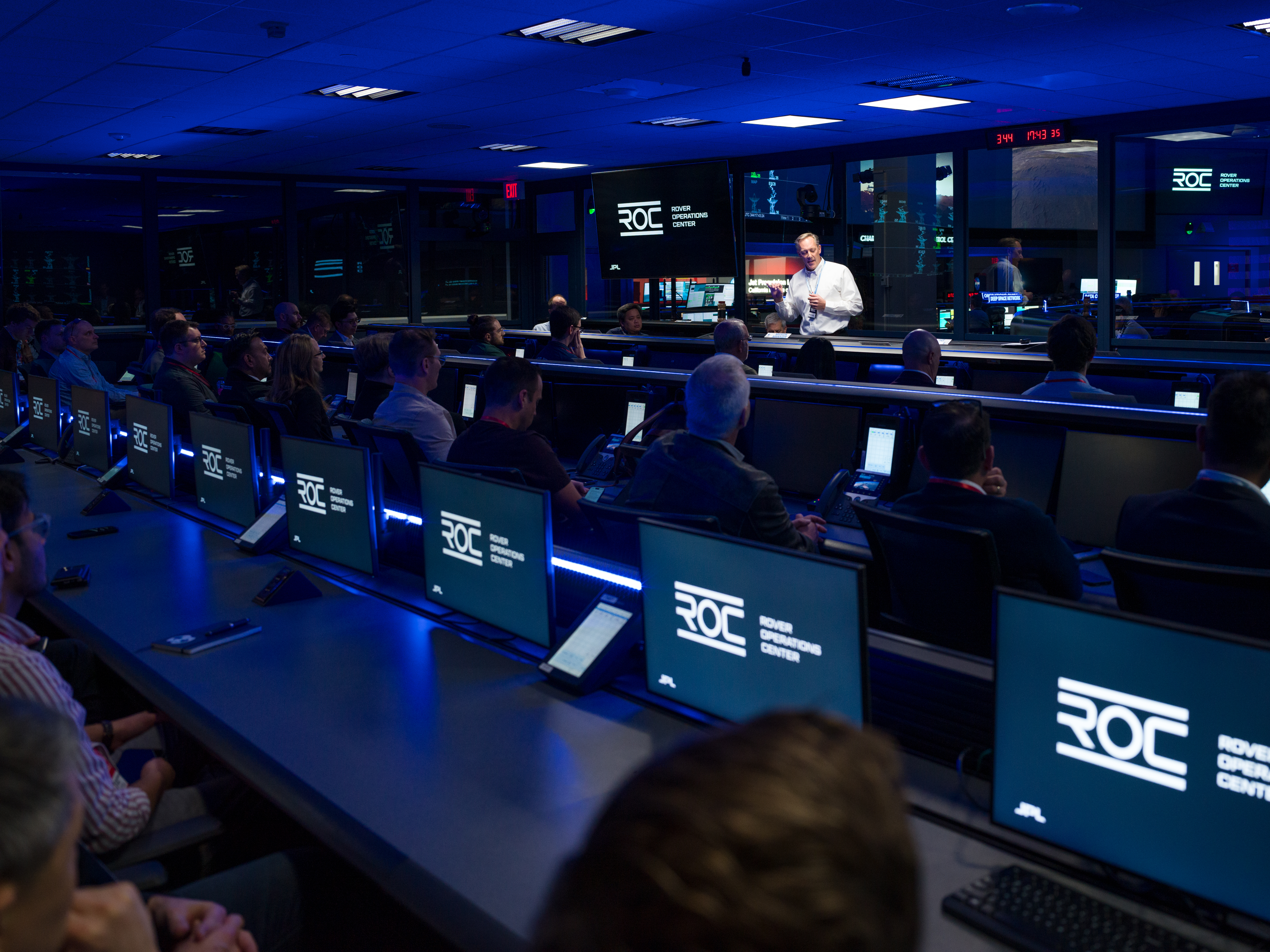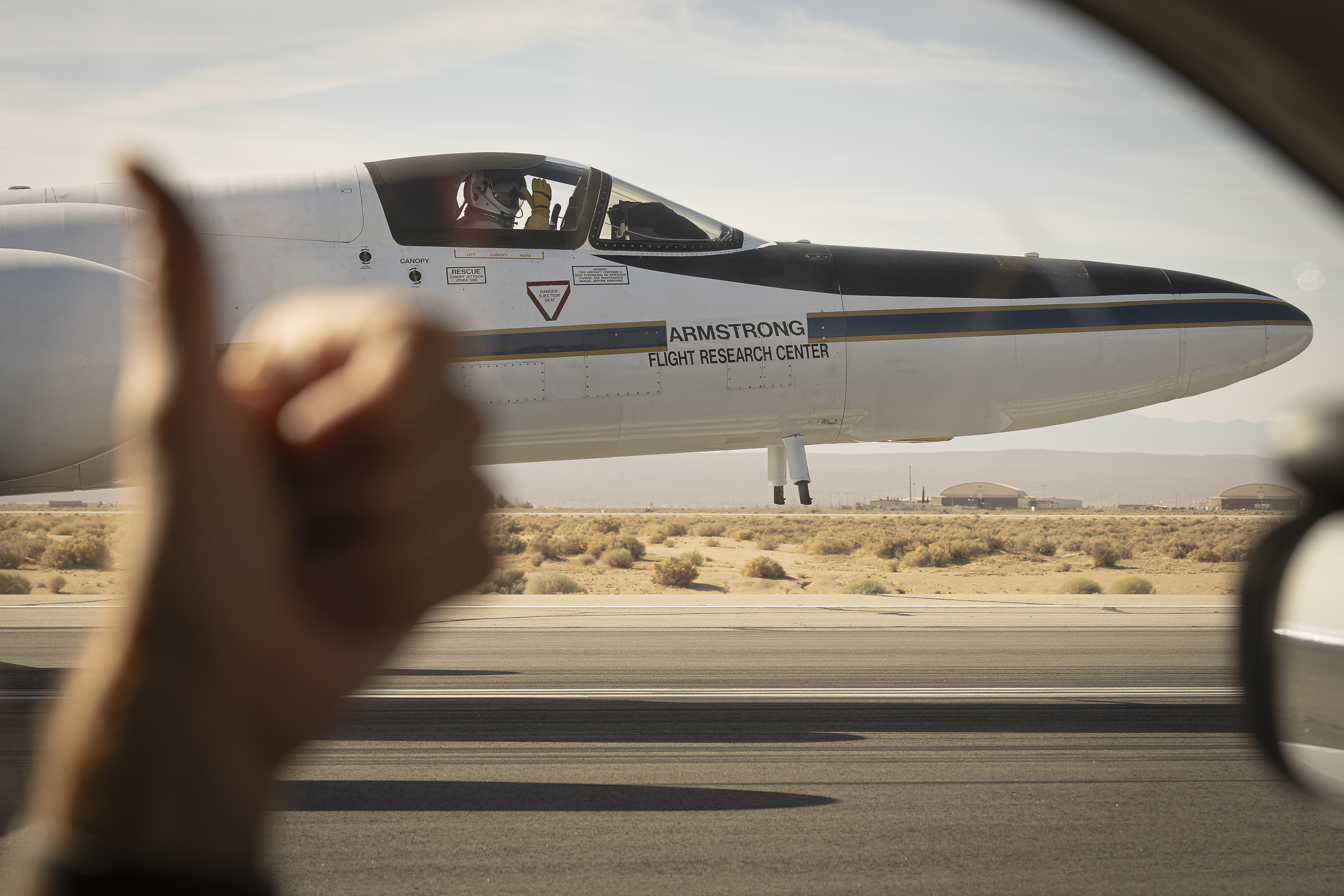PROJECT
Cold Atom Lab (CAL)
SNAPSHOT
Interferometry of atomic matter-waves has been demonstrated for the first time in orbit, opening the door for precision quantum sensing for both fundamental and applied physics applications ranging from tests of general relativity to planetary geodesy.
A recent upgrade to NASA’s Cold Atom Lab has enabled atom interferometry on the International Space Station (ISS), forming the basis of a new generation of exquisitely precise quantum sensors that scientists can use to explore the universe. Applications of these spaceborne quantum sensors include tests of general relativity, searches for dark energy and gravitational waves, spacecraft navigation and drag referencing, and gravity science, including planetary geodesy—the study of a planet's shape, orientation, and gravity field.
The wave-particle duality of matter is a cornerstone of quantum mechanics. First hypothesized by Louis De Broglie in 1924, it postulates that every particle or quantum object can be described as either a particle or a wave, depending on how we measure the properties of the object.
A natural consequence of the wave-like nature of quantum matter is that it can simultaneously exist in more than one place. When experimentalists measure the particle location, the simultaneous paths taken by the particle “collapse” to a single traceable trajectory. Quantum interferometry starts with particles in the same lowest energy state and then puts some of them in the first excited state and measures the phase difference between these two groups after they traverse a region of interest. Matter-wave interferometers have been experimentally demonstrated on Earth with numerous types of particles, including electrons, neutrons, atoms, antimatter, and even biomolecules.
Over the last few decades, technology advancements have enabled cooling of atoms to temperatures below 1 microKelvin to form a fifth (purely quantum) state of matter called a Bose-Einstein condensate (BEC), making ultracold atom interferometers using this unique matter a leading candidate for future precision sensing of inertial forces. Analogous to high-precision optical interferometers (such as the Laser Interferometer Gravitational-Wave Observatory [LIGO], which recently detected gravitational waves using highly stable optical waves), atom interferometers with BECs utilize extremely pure, low-velocity quantum gases to achieve high-precision, phase-sensitive measurements of fundamental forces including gravity. They also promise to deliver unprecedented acceleration and rotation sensitivity for inertial navigation. In fact, such atom interferometers are shown to be sensitive enough to detect variations in a gravitational field, and thus could be used to map the interior density of planets.
Achieving atom interferometry in space had been a long-sought goal of NASA and the fundamental physics community. “The promise of very low temperature gases and effectively limitless free-fall time for space-based atom interferometry is expected to open a new regime of precision for inertial force and rotation measurements that could revolutionize both contemporary gravity science and spacecraft navigation capabilities in the near future,” said Dr. Jason Williams, a Principal Investigator for atom interferometry studies onboard ISS.
In May 2020, atom interferometry with an ultracold BEC of rubidium atoms was demonstrated for the first time on an orbiting platform. This experiment was realized by NASA’s multi-user Cold Atom Lab (CAL), which has been operating onboard the ISS since 2018. In January 2020, CAL received a Science Module capable of atom interferometry (pictured in Fig. 1) as part of an on-orbit upgrade. For the May 2020 demonstration, a laser pulse acted as the beam splitter for an atomic wave packet (as illustrated in Fig. 2). Subsequent laser pulses then recombined the atoms and mixed them to produce an interference pattern which was read out by taking pictures of atoms occupying the spatially separated outputs. This demonstration of matter-wave interferometry in space heralds a future in which space-based quantum sensors become a widely used tool for scientific exploration of the universe. Applications of the new technology include tests of general relativity, searches for dark energy and gravitational waves, spacecraft navigation, and prospecting for subsurface minerals on the moon and other planetary bodies.
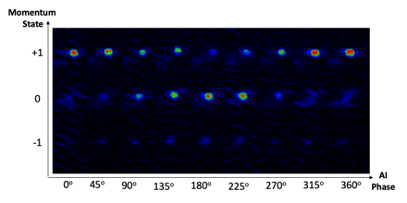
The research was carried out at the Jet Propulsion Laboratory, California Institute of Technology, under a contract with the National Aeronautics and Space Administration (80NM0018D0004). Images courtesy of NASA/JPL-Caltech. Designed and built at JPL, Cold Atom Lab is sponsored by the Biological and Physical Sciences (BPS) Division of NASA's Science Mission Directorate at the Agency's headquarters in Washington DC and the International Space Station Program at NASA's Johnson Space Center in Houston, Texas.
Learn more about Cold Atom Lab at https://coldatomlab.jpl.nasa.gov/
Just how cold are the atoms in Cold Atom Lab? Find out at https://www.jpl.nasa.gov/news/news.php?feature=7311
To learn more about the Cold Atom Lab’s recent upgrade visit https://www.jpl.nasa.gov/news/news.php?feature=7660
PROJECT LEADS
Kamal Oudrhiri, Jet Propulsion Laboratory, California Institute of Technology
SPONSORING ORGANIZATION
Biological and Physical Sciences Division (BPS)

























